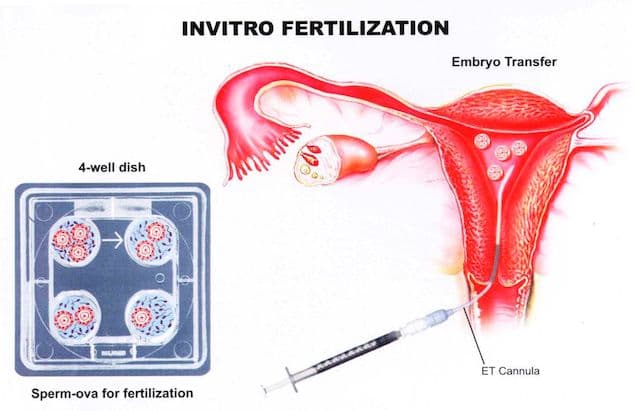IVF Embryo Transfer
IVF
Obie Editorial Team

What is an IVF embryo transfer?
An embryo transfer procedure with IVF is usually the last step of in-vitro fertilization. The embryo transfer is very similar to a Pap smear and does not usually require you to have an empty stomach. There should not be pain involved and no sedation or other drugs are required.
How is IVF embryo transfer performed?
A small transfer catheter is loaded with the embryos and the physician passes it through the cervical opening up to the middle of the uterine cavity. An abdominal ultrasound is used simultaneously to watch the catheter tip advance to the proper location.
After the embryos are transferred, the catheter is slowly withdrawn and checked under a microscope for any retained embryos. If any embryo is retained in the catheter (uncommon) the transfer procedure is repeated immediately and the catheter is checked again for a retained embryo.
Read More









